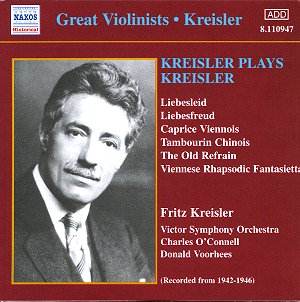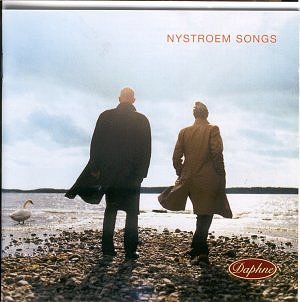 Composer: Ludwig van Beethoven
Composer: Ludwig van Beethoven
Works: Piano Concerto No 5 in E flat major, Op 19; Rondo in C major, Op 51 No 1; Rondo in G major, Op 51 No 1; Sonata No 19 in G minor, Op 49 No 1; Sonata No 20 in G major, Op 49 No 2
Performers: Radu Lupu (piano), Israel Philharmonic Orchestra, conducted by Zubin Mehta
Recording: Recorded 1977
Label: Eloquence Decca 466 689-2
The “Emperor” Concerto, as Beethoven’s Piano Concerto No 5 is popularly known, occupies a revered position in the pantheon of classical music. Composed during a period of profound personal and political upheaval in Europe, this work embodies both the grandeur of the emerging Romantic spirit and the classical ideals of balance and form. The concerto was premiered in 1811, a time when Beethoven was grappling with his increasing deafness, yet it radiates a sense of triumph and vitality. Radu Lupu’s interpretation, captured in this remastered release from the 1970s, invites listeners to experience a blend of intellectual rigor and poetic nuance.
Lupu’s performance, though significant for its historical context, reveals a complex interplay of strengths and weaknesses. His approach is characterized by an introspective quality, which often serves the lyrical passages well, particularly in the Adagio un poco mosso, where his touch is delicate and expressive. However, this introspection can also lead to a certain reticence in the more extroverted sections of the first movement. The opening flourishes, which should project with vibrant energy, feel somewhat subdued under Lupu’s fingers, lacking the requisite bravura that the “Emperor” demands. Mehta’s accompaniment, while competent, occasionally struggles to match the soloist’s dynamic range, leading to moments where the orchestral fabric seems a touch frayed, particularly during the exchanges that highlight the piano’s formidable quadruple octaves.
The recording quality, a remnant of the analog era, has been preserved remarkably well, though it does not quite reach the clarity of contemporary standards. The balance between piano and orchestra often skews toward the instrumental ensemble, making it hard to appreciate the nuances of Lupu’s playing during climactic passages. The engineering choices result in a sound that lacks the depth and immediacy found in more recent recordings, such as those by Perahia and Kovacevich, both of whom offer a more transparent interplay between soloist and orchestra.
The coupling of the two Op 51 Rondos and the Sonatas from Op 49 offers a welcome diversion from the grandeur of the concerto. Here, Lupu shines with a more liberated and charming touch, particularly in the Rondo in C major, where his phrasing captures the playful spirit of Beethoven’s early works. The Sonatas, while less demanding, are performed with a clarity and precision that is admirable. These pieces serve not only as a delightful contrast but also as an opportunity to appreciate Lupu’s artistry in a more intimate setting.
Comparisons to other notable interpretations reveal that while Lupu’s performance is solid, it does not quite ascend to the heights achieved by his contemporaries. The electric vitality of Pollini with Boehm or the seamless partnership of Perahia with Haitink bring forth a level of interpretative insight and orchestral blend that Lupu and Mehta, though commendable, do not fully realize.
A discerning listener will find that the recording presents a thoughtful, if not entirely satisfying, rendition of Beethoven’s monumental concerto. Lupu’s introspective artistry invites contemplation, yet it can feel restrained against the work’s inherent exuberance. The technical shortcomings of the orchestral accompaniment and the recording’s limitations further detract from what could have been a definitive interpretation. While it remains an interesting addition for collectors and admirers of Lupu, those seeking the definitive “Emperor” concerto experience might well look elsewhere for performances that capture the full grandeur and vigor of Beethoven’s final piano concerto.



